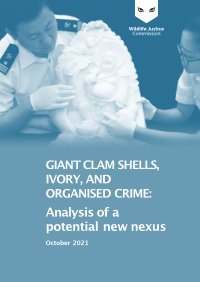By Tanya Wyatt
Wildlife trafficking is a major black market, and is thought to be the second most profitable illicit market after drug trafficking. It has significant negative impacts on species, ecosystems, and biodiversity. After habitat loss, wildlife trafficking is the leading cause of extinction. It is also a threat to food industries and human health with its connection to disease transmission. The patterns of wildlife trafficking vary throughout the world and nations approach the prevention of it differently. The differences that exist raise the question as to why the levels differ between nations that appear to be similar. This is the case with the United Kingdom, Australia, and New Zealand, which are demographically similar with a significant shared cultural history. Yet New Zealand has high levels of wildlife trafficking, Australia low levels, and the UK somewhere in between. This research uses the trade database from the Convention on the International Trade in Endangered Species of Wild Fauna and Flora (CITES) to explore all the illegal trade incidents of these three countries reported to CITES from its creation in 1973. Combined with a review of the literature, the paper investigates the differences and similarities in the wildlife that is traded and the legislation that is implemented. It appears that more regulation in this instance may be connected to decreased levels of wildlife trafficking.
Canberra: Transnational Environmental Crime Project, Department of International Relations, Australian National University, 2013. 25p.



